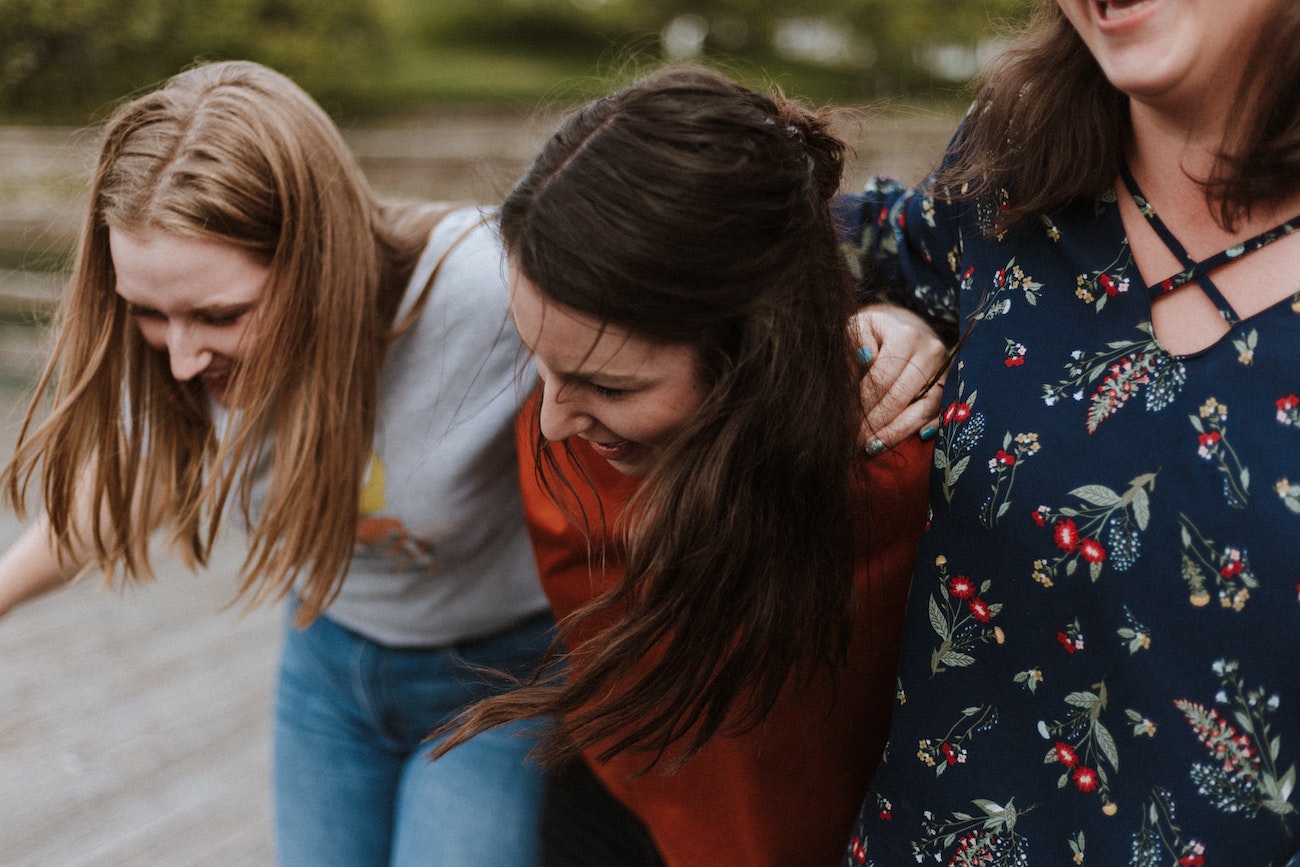Heike Sprenger is head of the social planning department in Feldkirch. With almost 36 thousand citizens, Feldkirch is the second largest city in the Austrian province of Vorarlberg. In 2017, Heike and her colleagues used the CrowdInsights platform to implement a participation process for the redesign of Feldkirch’s youth centre. Since 2017, the city of Feldkirch has had the opportunity to carry out participation projects via the “Vorarlberg Mitdenken” platform provided by the Office for Voluntary Engagement for the province of Vorarlberg operated by CrowdInsights. Within the framework of this platform, the participation procedure “Play and Open Spaces for Feldkirch” was carried out in 2019.
You Have to Communicate the Added Value to Politics
Interview: Ralf Grötker, CrowdInsights
Ms. Sprenger, how did the step towards using a digital tool for citizen participation turn out for you in Feldkirch?
We couldn’t imagine it at first: a survey via the internet! Wouldn’t that just involve lobby groups that have a stronger presence than other groups for beating the drum for their interests? But the CrowdInsights approach quickly convinced me and my colleagues in the Youth Service. If participation is primarily about looking for information and arguments that can support the administration in a decision or planning process, then the quantitative distribution of positions plays less of a role. Then, of course, we had to win over the politicians and the staff in the town hall for the format. So far, they had rather gathered experience with pure dialogue events or with statistically evaluated opinion polls.
Digital citizen participation and young people – how does that go together?
In the Youth House project, we first presented the platform on site in the Youth House. That worked well: The young people found it exciting to sit on the sofa with their mobile phones while posting contributions to the platform. But we also used analogue channels. For example, there were expert interviews, a questionnaire, and round tables the results of which we entered into the platform.
How were the findings from the Youth House process implemented in practice?
The findings from the participation process were the direct basis for the redesign of the youth centre, which we opened this year. The architect worked with it as a template. If you walk through the new rooms today, you can see how the individual ideas have taken shape – for example, the shared kitchen or the multifunctional rooms that can be divided with sliding doors if necessary.
How much support did you need from the Insights team?
For the youth house project, Christian and Dominik from CrowdInsights still supported the process very actively and were also with us in Feldkirch several times. The second project, which was about a play and open space concept for the city of Feldkirch, we carried out independently throughout. It has to be said, however, that we have a team of six in the area of children and youth who already have many years of experience in participation.
The technical and administrative operation of the CrowdInsights platform was not so much an issue; we found it very straightforward and it tended to be self-explanatory.
How did you advertise the projects?
What worked well for the Youth House project were pre-stamped postcards on which people could write contributions for the platform. But many people also simply called up the internet address on the postcard and entered their contributions digitally. In addition, we printed posters, business cards with the internet address of the participation platform, published posts on Facebook and on the municipal homepage, and contacted multipliers personally. For the play and open space concept, we held workshops with pedagogical staff from the childcare facilities and employees in the town hall. In order to involve the children themselves, we interviewed children in the facilities. Pedagogues wrote articles for the platform based on their observations. In addition, when the new pedestrian zone was opened in Feldkirch, we also distributed postcards here.
In your experience, what is the distinguishing factor for successful participation?
The essential element is that the participants must be able to see themselves reflected in the results! We have made the experience that participation should only be offered if one does not only want to have an opinion, but is really prepared to implement the results of the process. In the administration as well as in politics, we need to first communicate the added value of processes that are really meant to be about participation and not about conveying information. However, we have succeeded in doing this in Feldkirch by now. And the standards have changed in our organisation – also through the use of the Insights platform.

